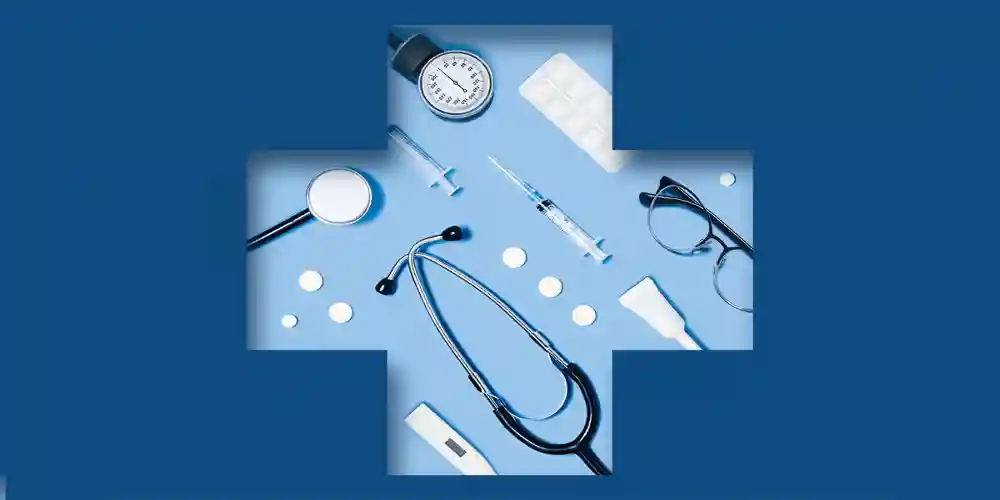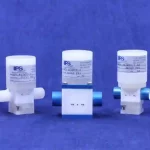The benefits of Mobile technology in the healthcare sector include streamlined workflows, improved communication, increased accessibility and reducing costs. It is also an effective tool for patient engagement.
Patients benefit from mHealth options because they can stay in touch with their doctors without having to travel for appointments. mHealth apps can even help them monitor their symptoms.
1. Improved Patient Care
Patients have much better access to healthcare providers via mobile technology. Physicians can quickly text messages, email, or use mHealth apps to schedule appointments and communicate with their colleagues. Patients can also communicate with their physicians via telemedicine, an increasing trend that grew during the pandemic and continues to grow as it becomes easier and less expensive for patients to use.
For decades, the only way physicians could know how their patients were doing after leaving the exam room was by calling them on the phone. mHealth apps can collect data discreetly, send education to patients, and alert clinicians when something goes awry.
Apps and devices allow patients to connect with their ‘care ecosystem,’ which may include family members, caregivers, physical therapists, home health nurses, and other healthcare professionals. This helps to make sure everyone is on the same page and provides optimal care.
2. Improved Efficiency
Mobile technology helps reduce back-office costs and enhances efficiency in medical offices. For example, it can be used to schedule staffing shifts through an app that allows physicians to communicate directly with their nurses. It also saves money by reducing no-shows, which cost the healthcare industry an estimated $150 billion annually.
Another way that mobile technology improves efficiency is by allowing physicians to access important medical information quickly. This can help them provide better care to patients by ensuring that they have the latest protocols and guidelines at their fingertips.
In addition, mobile technology can also be used to track patient data and symptoms remotely, which can improve patient compliance and treatment outcomes. This is especially important during a pandemic like COVID-19, when patients may be too sick to visit the doctor in person.
3. Improved Patient Safety
Mobile applications provide physicians with instant access to patient data. This information can be used to make better decisions in the operating room or in the field. It also allows healthcare practitioners to spot trends and prevent potential issues before they become a problem.
In addition, medical professionals can use mobile applications to monitor their patients’ progress and track adherence to treatment plans. This can help improve outcomes and reduce readmissions.
Finally, medical apps can also be used to streamline administrative tasks. This can free up physician’s time so they can focus on more important work. For example, doctors can use mHealth apps to access patient charts and schedule appointments. They can also use these tools to communicate with colleagues and patients. This can help prevent errors caused by miscommunication or lost documents.
4. Improved Patient Reliability
Mobile devices (such as smartphones, tablets, and laptops) are a great way to access information quickly in a hospital or healthcare facility. However, they require next-generation networks with extreme reliability, capacity, and low latency.
This technology enables healthcare professionals to monitor patients remotely. This allows for more efficient care and can help to improve outcomes for patients.
The use of mobile technology can also improve data accuracy throughout an organization. This is because digitized systems catch errors that may not have been caught on paper. It can also reduce time spent searching for a specific record. This can save a hospital money on staffing costs and avoid costly travel or agency nurses. It can also allow physicians to focus more on their patients. This is because they don’t have to spend time switching between rooms or computer systems.
5. Improved Patient Experience
Mobile technology makes it possible to monitor patients when they cannot be visited in person. Wearable accessories and smartphones can record information that doctors can access remotely. This is useful for monitoring chronic conditions or even telehealth visits.
This can also improve adherence to treatment plans, leading to better outcomes. A good example is Charleston Area Medical Center, which used a mobile health platform to reduce COPD and CHF readmissions by 22% and 30% respectively.
Mobile healthcare apps can help physicians and nurses collaborate and communicate quickly. They can be notified about patient ED arrivals, admissions and transfers, streamlining care transitions. They can also receive clinical checklists in real-time. This can save them time by eliminating the need to call their colleagues to track down information.














